Taylor & Francis | Ozone: Science & Engineering
Lidia Alicia López-Vega, Rodolfo Sosa-Echeverría*, Jesús Gracia-Fadrique, Isaura Yáñez-Noguez, Ignacio Monje-Ramírez & María Teresa Orta-Ledesma
* Departamento de Ciencias Ambientales | Grupo de Contaminación Ambiental.
Abstract
T
he latest outbreaks of COVID-19 and other airborne diseases have focused attention on the importance of ensuring safe spaces and reduced exposure to airborne pathogens. This study proposes a new methodology to inactivate airborne pathogens using ozone solution microdroplets. Ozone solution microdroplets and microdroplets containing the viral indicator bacteriophage MS2 (ATCC 15,597-B1) were introduced into a contact chamber at two relative humidity (RH) levels: below 50% (20–45%) and above 50% (50–80%). Both microdroplet streams made contact and were then collected using a gelatin filter, which was processed through the double agar layer (DAL) technique to assess their effectiveness. For an RH level below 50%, an inactivation of 4.0-Log was achieved by applying a C·t of 0.286 min·mg·L−1 and an inactivation rate constant of 14.83 L·mg−1·min−1 (std. dev. of 0.374). For an RH level above 50%, inactivation of 4.3-Log was achieved by applying a C·t of 0.180 min·mg·L−1 and inactivation rate constant of 23.904 L·mg−1·min−1 (std. dev. of 0.679). Also, it was found that there is no statistically significant difference between applying the disinfection process at RH above 50% or below 50%. These results show that the ozone solution microdroplets effectively inactivate the bacteriophage MS2 microdroplets, regardless of ambient RH.
REGRESAR










